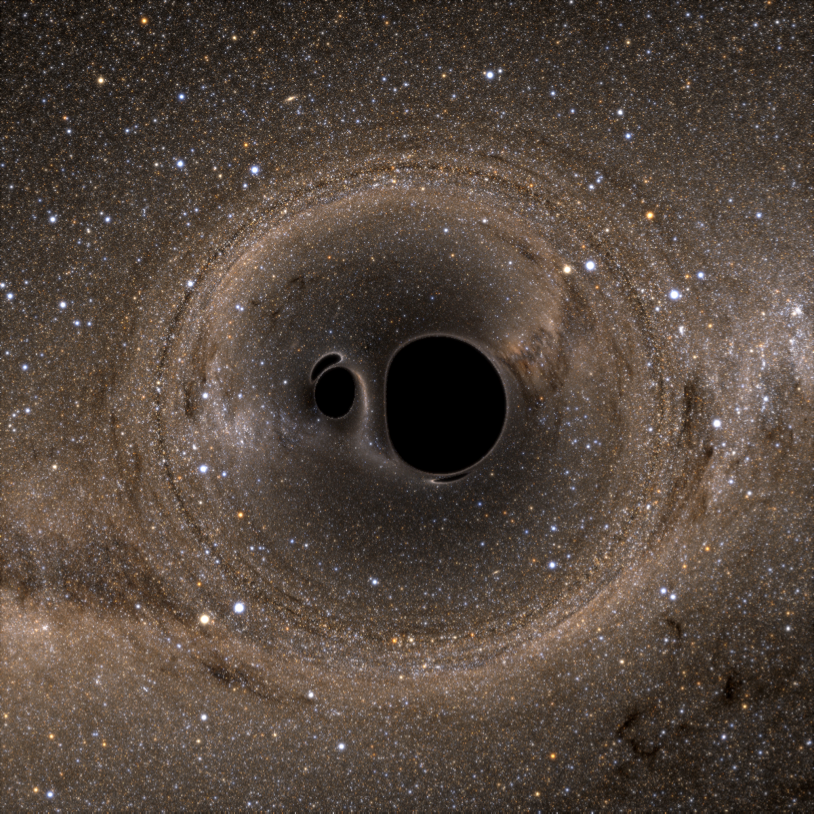Newsroom
The general theory of relativity and nonlinear dynamics or chaos theory are two of the most profound intellectual revolutions that took place in the last XNUMXth century. Einstein's formulation of relativity changed our conception of space, time and gravity, while chaos showed how systems that follow deterministic rules can be unpredictable given the slightest disturbance. These two theories are closely related, since the non-linear terms of Einstein's equation can cause chaotic dynamics under certain circumstances. The work of the URJC physicists in collaboration with the University of Sheffield is an example of the communion of these two theories.
Currently, there are several major international projects underway focused on understanding how gravity shapes space-time. In 2015, the LIGO-Virgo collaboration obtained experimental evidence for the existence of gravitational waves and binary black hole systems, receiving the 2017 Nobel Prize in Physics for it. This year 2018, another megaproject aimed at studying the cosmos has begun to collect its first data. This is the Event Horizon Telescope (EHT), a worldwide system of telescopes whose purpose is to obtain the first images of a black hole.
 |
 |
On the left, image of the shadow of two black holes from the SXS (Simulating eXtreme Spacetimes) project. On the right, image obtained by simulation by physicists from the URJC in collaboration with the University of Sheffield showing the Wada property. |
|
So, an interesting question is, what would the image look like when looking at a binary black hole system? That is precisely the question that the work carried out by researchers from the URJC and the University of Sheffield have tried to answer. Using a simple theoretical model, they have found that there are certain conditions under which this picture of two black holes would exhibit the surprising Wada property. This topological property says that three or more sets are separated by a single boundary. Álvar Daza, a researcher at the URJC, explains that in this case the Wada property means that "a minuscule variation could cause a photon to fall into one of the black holes, or into the other, or escape from both until it reaches our telescopes”. In nonlinear dynamics, the Wada property appears frequently in the study of systems that exhibit transient chaos. "What is interesting is that this unique geometry could also explain the structure of some regions of space-time", comments Professor Miguel AF Sanjuán, who concludes that this work carried out by physicists from the URJC and the University of Sheffield is "an demonstration that nonlinear dynamics can be of great use in fundamental problems of general relativity”.
Bibliographic reference:
Daza, Á., Shipley, JO, Dolan, SR, & Sanjuán, MA (2018). Wada structures in a binary black hole system. Physical Review D, 98(8), 084050.



